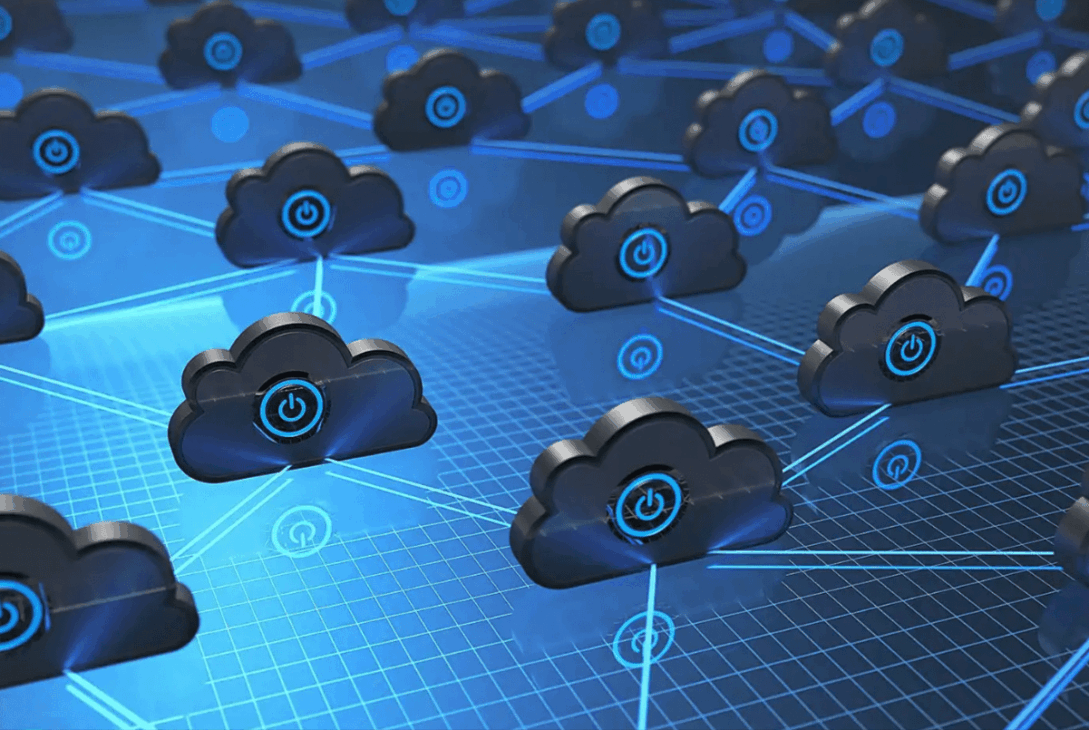Digital-based systems are what help businesses keep their smooth-running revenue inflows. Failure in these systems owing to a cyberattack, outage, or natural calamity can cause a considerable challenge. Hence, planning for disaster rehearsals. Recently, many of these organizations use Multi-Cloud Connectivity access to devise the best and most reliable recovery strategies. Therefore, they connect to multiple cloud vendors so that they can easily toggle between systems when a crisis arises.
Why Putting All Eggs in One Cloud Basket is Hazardous
While it sounds straightforward to use only one cloud provider, some risks come with it. If that provider encumbers, so may the entire system. It could result in loss of data, disgruntled customers, and even drains on finances. When organizations go for multiple cloud services, they stand less chance of facing total shutdown. Should one system fail, another could possibly take over.
Fast Recovery with Short Downtime
Quick recovery is the other great advantage one has when engaging multiple clouds. Businesses can migrate their data and applications more speedily to the second cloud after the first one goes operational. Hence, less downtime prevails with ongoing crucial processes. Employees can continue working whereas customers are not faced with a long wait to get services.
Improved Data Backup
With Multi-Cloud setups, companies can store their data in different locations. If a copy of the data were to be lost or destroyed, another copy would be safe in a different cloud. Backups can automatically update so that they are always up to date. This setup could particularly be helpful for companies managing sensitive or confidential information.
Flexible and Scalable Solutions
Different cloud providers have different tools and capabilities. Working with two providers allows a business to pick what makes sense to them for each segment of their system. As the business grows, they can also scale up their services without being restricted to a single platform. This kind of flexibility adds further efficiency to disaster recovery.
Better Compliance and Security
Some industries are very particular about where and how data may be stored. Cases of Multi-Cloud make it possible for firms to store separate portions of their data in the environments most secure and compliant for them. Furthermore, they can use the best security features offered by each provider; thus, adding extra layers of security in case of a breach or technical failure.
Real-Life Example
Imagine an online store running on two cloud providers. Should one of the providers encounter an outage, the website can quickly arrange for the backup system in the second cloud. Customers continue to make purchases, payments are processed, and data is stored without any sort of interruption. This kind of setup helps businesses avoid major losses and keeps their reputation strong.
Conclusion
Disasters can occur at any time; however, knowing how to control damages pays off. Multi-Cloud Connectivity adds to the intelligence and reliability in protecting data and carrying on operations for businesses. It offers a faster recovery, lowers risks, and prepares them for the unknown. This is not just an option anymore for any company that depends on digital systems. It is an outright necessity.





